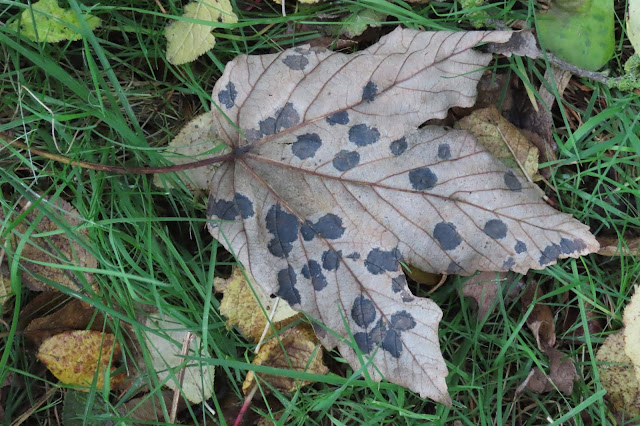We're developing a "pocket meadow" in our garden — an area of about an eighth of an acre that we mow only once a year. We have trails running around the edges of it and a few running through it so that we can easily access various bits of it, but most of it is untrammeled. Why? To aid and abet those species losing their habitats elsewhere. Last year, we heard four grasshoppers (four
individuals, not four species) in our garden for the whole of the summer. This year, the second of our "no mow" regime, we've already had dozens and dozens. Scores of instar grasshoppers (nymphs not yet fully grown, so nearly impossible for us mere mortals to identify) leap out of the way every time we walk the paths, and (best of all) we're hearing several species trilling from the grasses.
Most common so far has been the appropriately-named Common Green Grasshopper (
Omocestus viridulus), which has a long stridulation that sounds like a free-wheeling bicycle or someone quickly rubbing their hands together. They're heard from late May (in balmy springs) or early June. Below, I've linked to a recording I made late last month; click the red arrow to hear it. (Be sure to have your sound turned up, or all you'll hear is the Eurasian Blackbird!) According to our copy of
Grasshoppers and allied insects of Norfolk, by David Richmond (yes, we're nerds), this species is previously unrecorded in our 2km square, though that may have changed since 2001, when the book was published. Common Green Grasshoppers occur in a variety of habitats, including unimproved grasslands like ours, roadside verges, woodland rides (a British term for a horse riding path through the forest) and old commons (public lands formerly used for grazing). They're less common along the North Norfolk coast than in the rest of the county, so we're pleased to have them here.
 |
| Adult male Common Green Grasshopper (Omocestus viridulus) |

















































